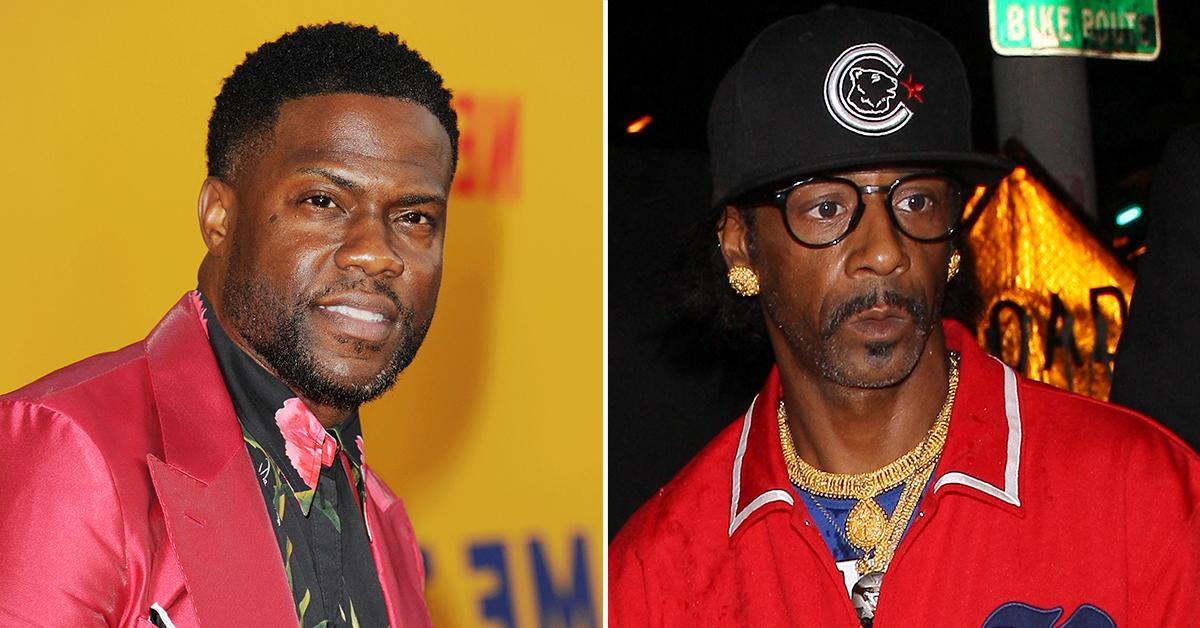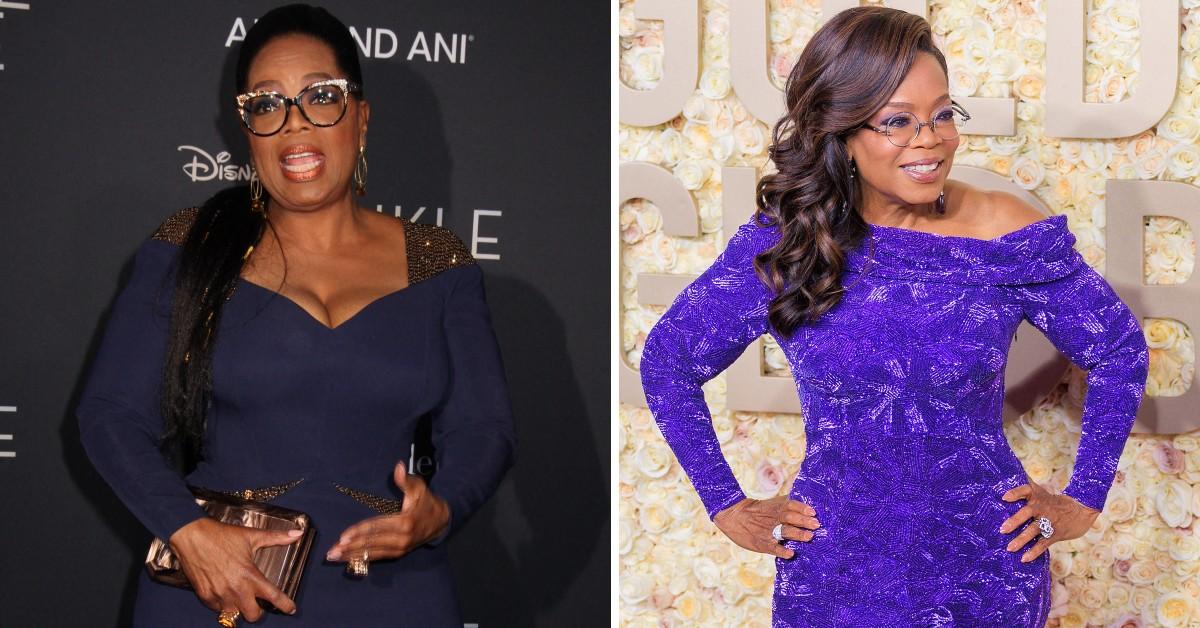The dialogue around representation and criticism in the entertainment industry, especially regarding Black artists, has taken a sharp turn recently. The conversation has been ignited by comments from various prominent figures, most notably Cat Williams, who has drawn attention to the often unacknowledged ways in which certain industry leaders, particularly Oprah Winfrey and Tyler Perry, impact the careers of Black actors. This critique resonates deeply, highlighting a broader issue of internalized racism and the dynamics of power within the Black community.

Williams’ remarks bring to light a critical observation: it seems that only within the Black community do we frequently criticize and undermine our own artists. He contrasts this with the Jewish community’s reaction to shows like Seinfeld or the Italian community’s reception of The Sopranos. This raises an important question about why Black artists are often subjected to harsher scrutiny from their peers. Is it a result of systemic racism that leaves us feeling we have to police each other more stringently? Or is it simply a reflection of the pressures faced in an industry where representation is scant, leading to a defensive posture?
Central to Williams’ critique is the case of Mo’Nique, who has become emblematic of the struggles many Black artists face. After her stellar performance in Precious, she encountered significant obstacles when it came to the press tour and compensation—issues that were swept under the rug in the wake of her success. Mo’Nique’s decision to refuse participation in the press tour without proper payment became a pivotal moment, not just for her career but for the broader conversation about equity in Hollywood. Williams argues that instead of supporting her, powerful figures like Oprah and Tyler Perry chose to malign her, painting her as a “difficult” artist. This narrative shift exemplifies how Black women are often portrayed in media as confrontational or ungrateful, a stereotype that is damaging and perpetuated by those who hold power.
Furthermore, the accusations that Oprah and Tyler Perry are actively working to undermine other Black artists to maintain their own status reveals a troubling aspect of Hollywood’s power dynamics. Williams suggests that the relationship between these two influential figures and their treatment of other artists reflects a desire to consolidate power rather than uplift their community. This behavior fosters an environment where artists are pitted against each other, ultimately harming the entire ecosystem of Black creativity.
The complexity of these issues deepens when considering the influence of race and gender. Tyler Perry has been criticized for the narratives he presents about Black men and women, often reinforcing negative stereotypes. The accusations against him—stemming from experiences shared by actors like Christian Keys—highlight a troubling pattern of behavior that suggests a deeper exploitation of vulnerable individuals in the industry. This not only raises questions about Perry’s integrity but also about the kind of narratives he chooses to amplify.

As Cat Williams articulates these concerns, he echoes a sentiment that many Black artists share: the fight for recognition and fair treatment is often a solitary one, marked by betrayal from those who should be allies. This ongoing dialogue challenges us to reconsider how we engage with our own artists and the systemic issues at play. Williams’ perspective urges us to reflect critically on the behaviors and motivations of powerful figures in our community, calling for accountability and a reexamination of what it means to support one another in a landscape that is fraught with inequity.
Ultimately, this conversation is not just about individual grievances; it speaks to a larger struggle for collective empowerment and unity among Black artists. By acknowledging the challenges posed by our own community members alongside external pressures, we can begin to forge a path toward a more equitable and supportive artistic landscape. The importance of standing together, rather than tearing each other down, cannot be overstated in this ongoing fight for representation and respect in the arts.